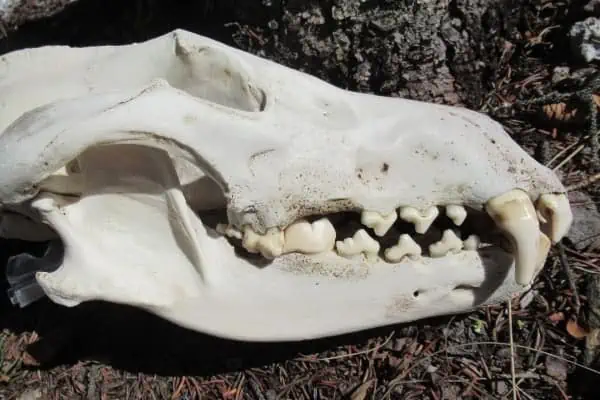Yukon’s history – its time scale and events – is different from any other Canadian jurisdiction. The northern portion of the Territory was part of Beringia, an ice-free area that extended from the Yukon and Alaska across the Bering Land-bridge into Siberia.
This connection of continents during the Ice Age allowed the inter-continental exchange of animals, plants and humans. Most of the Yukon’s large game species such as moose, caribou, sheep and bear evolved in Siberia and came to North America during the Ice Age; and so did the first humans, which arrived in this Territory about 14,000 years ago.
These early humans were hunters, and so were many following generations including the Yukon’s current First Nations, whose right to subsistence hunting is enshrined in the Umbrella Final Agreement.
Yukon was the last Canadian jurisdiction colonized by immigrants of European origin, which started in the early years of the 19th century with the arrival of Hudson Bay Company traders.
This “white” population grew quickly, with many miners and prospectors making their appearance; most of whom depended on wildlife for sustenance.
The Gold Rush resulted in an explosion of the population, reaching a temporary peak of perhaps 40,000. The First Nations people could not handle their demands for meat, and so-called commercial meat hunters made their appearance.
Thousands of game animals were killed to supplement imported meat to feed all these immigrants.
At about the same time there was another peak of new-comers in the Yukon that depended on game meat. These were overwintering whalers, with up to 14 whale ships anchored at Herschel Island for 9-month durations. The Herschel island population reached 2,000 at peak years.
Concurrently with these big events and after the diversity of the Yukon’s large mammals had become widely known, collectors for museums and the first non-resident trophy hunters made their appearance.
The largest construction event to ever occur in the Yukon, was the Alaska Highway and Canol road and pipeline, built in 1942 and 1943. As was the case during the Gold Rush, this event brought thousands of new people to the territory. Some 40,000 soldiers and contractors flooded the Yukon, far more than the population of only 5,000 at the time. Soldiers were allowed to hunt, and there was much speculation about impacts on wildlife and on the local First Nations population.
Research for the book (Yukon’s Hunting History) revealed a dozen events or periods that had characteristic features that set them apart from the others and could be examined individually. Several of these have already been mentioned, such as the Gold Rush, Alaska Highway and Canol road construction and hunting for whalers. The Gold Rush and the Whaling period are two of the events with large population influxes and potential for negative impact on wildlife, and they are discussed in some detail in Part 2 of this series.
The question can be asked how the Government of Yukon reacted to these various events and projects. After all, it was the Yukon’s population and wildlife that would enjoy the benefits as well as suffer from negative consequences.
Wildlife was the first natural resource, whose management was assumed by the Yukon government in 1900. An Ordinance Respecting the Preservation of Game was passed in 1901 by the Territorial Council consisting of two elected members at the time, and made into law.
In the following decades there were many positive amendments to this Ordinance, but there was no enforcement. The 1908 amendment imposed a licence for non-resident hunter at a cost of $100. The 1920 revision created licence requirements for guides, commercial meat hunters, and fur-traders; hunters had to report their kills.
Since 1933 all hunters have been required to get a licence and non-resident hunters have been required to hire a guide.
In 1943 the Kluane Game Sanctuary was established. The 1951 revision created the office of the Director of Game and Publicity. This office spent much of their early years with predator control and trapping, but it also terminated commercial hunting of game and began the establishing of registered traplines.
In the 1970s the Game Branch expanded its mandate previously limited to enforcement and administration and hired technical staff. This initiated a slow build-up to a province-like game management system with such important components as reliable inventories of game populations and hunting regulation that assured sustainable harvest.
While there have been many reasons for hunting Yukon’s wildlife during the 117 years of legislated responsibility for its management, since the 1970s hunting has essentially been restricted to three purposes: subsistence hunting, non-resident hunting and hunting by residents.




